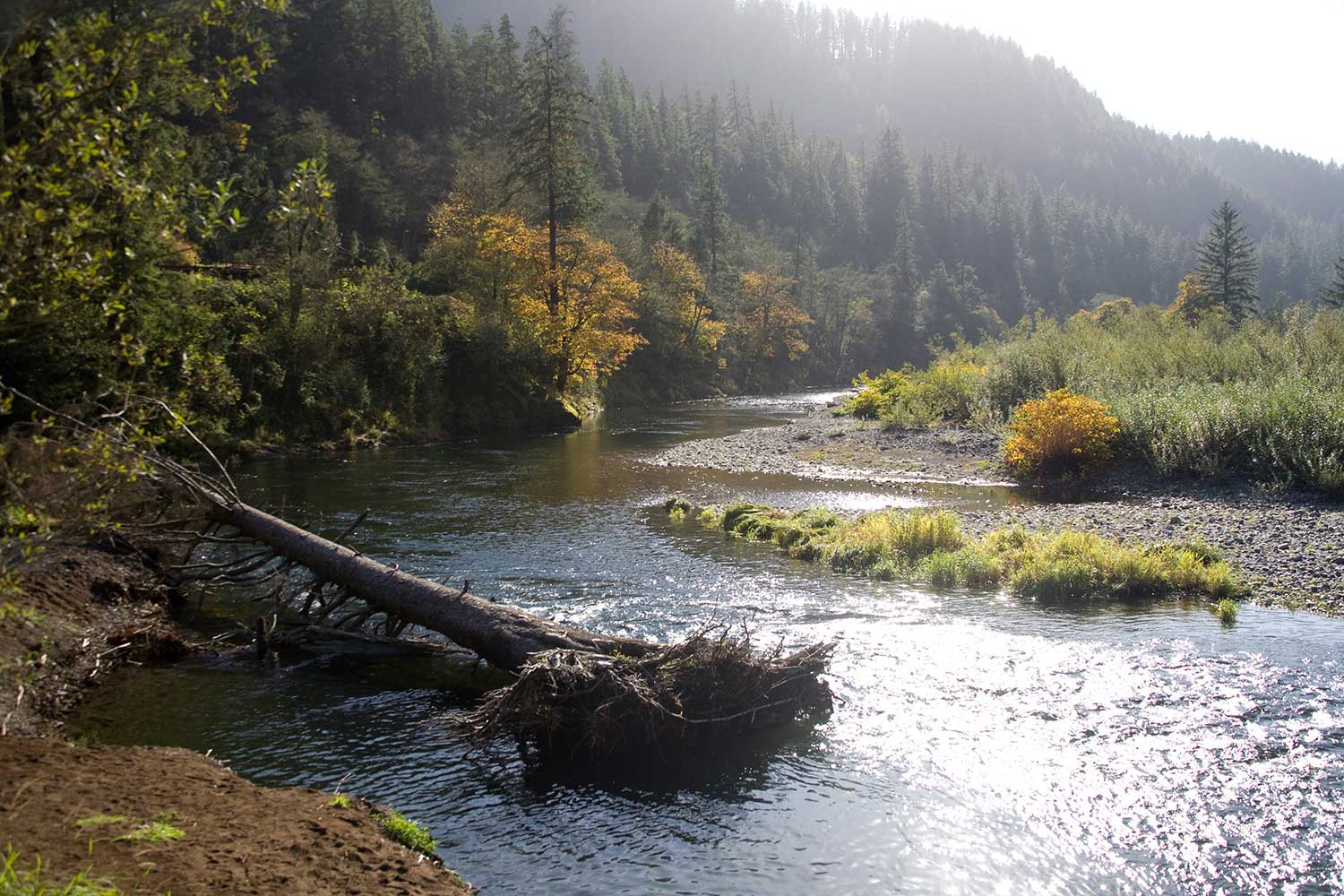On the North Coast, we can’t allow a lawsuit to threaten ongoing collaborative work to balance conservation and timber.
Linn County recently announced a $1.4 billion lawsuit against Oregon. The dispute arises over money that counties receive when trees on state forests are harvested. The county claims that state law mandated more intensive logging of state forests to produce timber revenue for Linn County and other government taxing districts. Three timber companies and the Oregon Forest Industries Council say they are helping pay for the suit.

The stakes of the lawsuit are high for Oregonians, not only because of the dollar figure, but also because the suit includes the Tillamook and Clatsop state forests that blanket the Coast Range between the coast and the Portland metro area. The Tillamook and Clatsop produce significant timber, but they also nurture world-class salmon fisheries, host ever-growing ranks of hikers, bikers, campers, off-roaders, swimmers and fishermen, and provide drinking water for 400,000 Oregonians.
Unfortunately, Linn County’s lawsuit and a related editorial by The Oregonian/OregonLive editorial board draw an inaccurate picture of state forest management.
The problem with state forest management, according to Linn County, dates to an Oregon Board of Forestry decision in 1998 to seek a balanced approach to state forests. The 1998 decision has had, according to Linn County, “devastating effects on local communities” and caused unemployment to “skyrocket.” The editorial board adds that timber revenue from state forests in Linn County “is about half of what it was in the 1990s.“
The story is actually just the opposite. Timber revenue is not half what it was in the 1990s. The adoption of the new rule in 1998 led directly to substantial harvest increases. The 1998 rule grew from changing public expectations of how forests should be managed. First, federal law identified endangered species that needed protection. Second, recreational use of state forests was starting to boom, especially in the Tillamook State Forest, west of the Portland metro area. Oregon did not have a comprehensive plan to manage these forests according to these changing expectations. The state risked lawsuits without a detailed and science-based guidance document.
Fortunately, Oregon law clearly allows state forests to accommodate multiple values. State law says these forests should be managed “to secure the greatest permanent value … to the state.” This law specifically identifies multiple uses, such as providing for fish and wildlife, protecting drinking water, protection against floods and erosion, and allowing recreation, as well as timber sales. No hierarchy of uses is mandated.

Through collaborative planning, the state responded to the new demands in the 1990s by developing detailed plans. The Board of Forestry sought high harvest levels while also protecting salmon streams, restoring lands damaged by earlier timber practices, managing recreation and protecting critical wildlife habitat. It was not an easy balance to find. The result was a dramatic increase in harvest levels. Rather than causing “economic devastation,” the state forests became a reliable economic engine.
In Linn County, according to Oregon Department of Forestry data, harvests on state lands have been more than double the levels since 1998 as compared with the average harvest for the 30 years before the rule. And while harvest revenues are important, it is also important to have realistic conversations about the potential effects of state forest management.
For example, if the state increased harvests by 25 percent, the new revenues to Linn County would be less than 1 percent of their county budget. Moreover, the new timber jobs produced would be less than one-hundredth of 1 percent of the Linn County total job base. At the same time, pursuing the industrial approach that timber companies and Linn County demand would have detrimental effects. Valuable salmon runs in the Wilson, Trask, Nehalem and other coastal rivers rely on conservation measures on state forests. The growing population of Washington County has steadily increased recreational use, with hiking, camping, hunting, mountain biking and mushroom picking. Some state forest trailheads are overflowing on weekends. Thus the Washington and Clatsop county commissions supported the designation of 20 percent of the forest as conservation areas in 2014.
The challenge for Oregon is to find a path forward that attains the balance that the majority of Oregonians expect. The mandate for “greatest permanent value” for Oregon requires that balance, and the Linn County lawsuit derails efforts to find a collaborative compromise on state lands.
Bob Van Dyk is Wild Salmon Center’s Oregon and California policy director. This opinion piece was originally published February 20, 2016 in the Oregonian.
